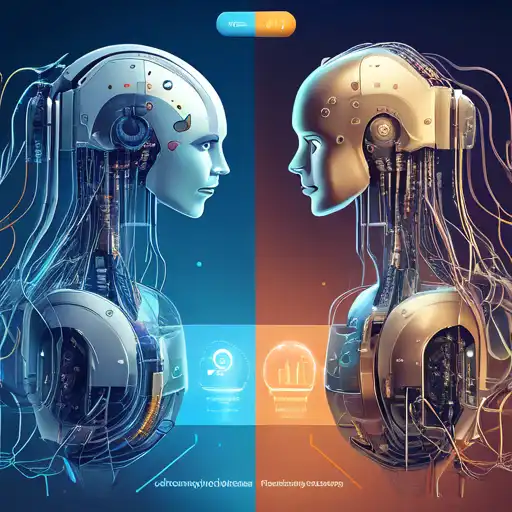Introduction to Machine Learning and Deep Learning
In the realm of artificial intelligence (AI), machine learning and deep learning are two of the most pivotal technologies driving innovation. While they share common foundations, their approaches, applications, and complexities differ significantly. This article delves into the key differences between machine learning and deep learning, providing insights into their unique characteristics and use cases.
What is Machine Learning?
Machine learning is a subset of AI that enables systems to learn from data, identify patterns, and make decisions with minimal human intervention. It utilizes algorithms to parse data, learn from it, and then make informed decisions based on what it has learned.
Key Features of Machine Learning
- Requires structured data
- Relies on human intervention for feature extraction
- Works well with smaller datasets
- Less computationally intensive
What is Deep Learning?
Deep learning, a subset of machine learning, mimics the workings of the human brain in processing data for use in detecting objects, recognizing speech, translating languages, and making decisions. It uses neural networks with several layers (hence the term 'deep') to learn from large amounts of data.
Key Features of Deep Learning
- Can work with unstructured data
- Automatically performs feature extraction
- Requires large datasets for training
- Highly computationally intensive
Comparing Machine Learning and Deep Learning
While both machine learning and deep learning fall under the umbrella of AI, their differences lie in their approach to learning, data requirements, and computational needs. Machine learning is more suited for tasks where the dataset is not excessively large and where interpretability is important. Deep learning, on the other hand, excels in handling vast amounts of unstructured data, making it ideal for complex problems like image and speech recognition.
When to Use Machine Learning vs. Deep Learning
Choosing between machine learning and deep learning depends on the specific problem at hand. Machine learning is preferable for projects with limited data and where the features can be easily identified. Deep learning is the go-to choice for projects involving large datasets and where the features are not easily discernible.
Conclusion
Understanding the differences between machine learning and deep learning is crucial for selecting the right approach for your AI project. While machine learning offers simplicity and efficiency for smaller, structured datasets, deep learning provides the power and flexibility needed for complex, large-scale data analysis. By considering the specific requirements of your project, you can leverage these technologies to their fullest potential.
